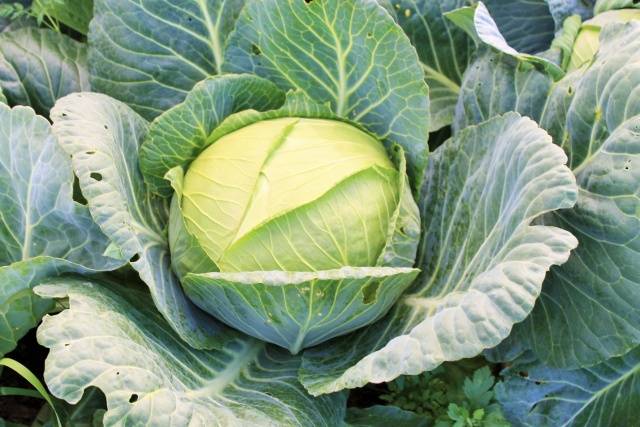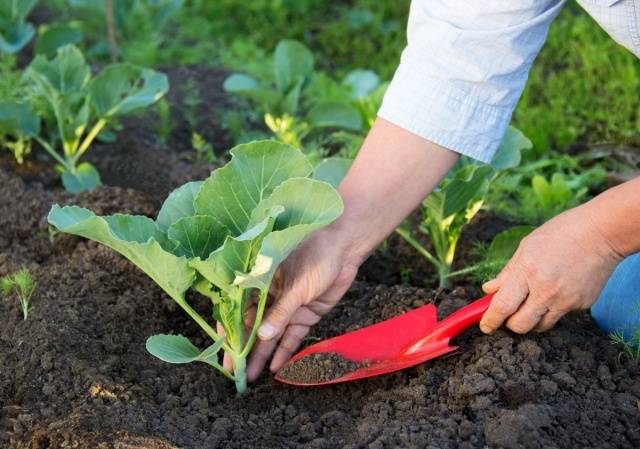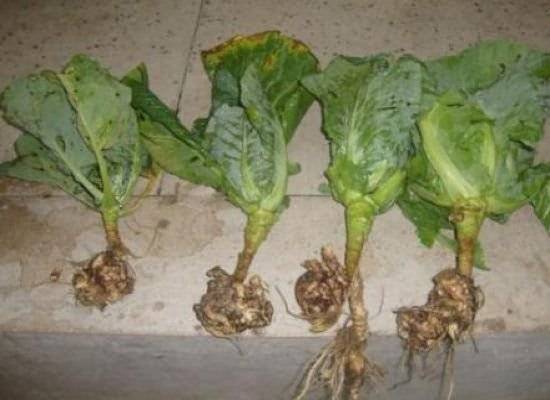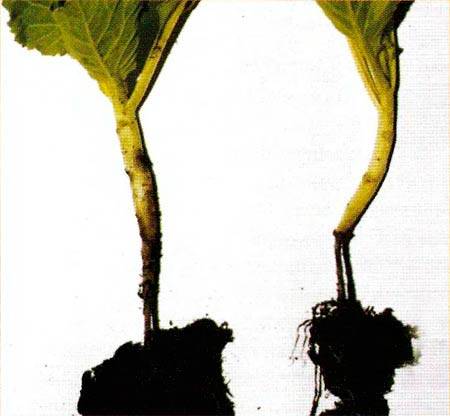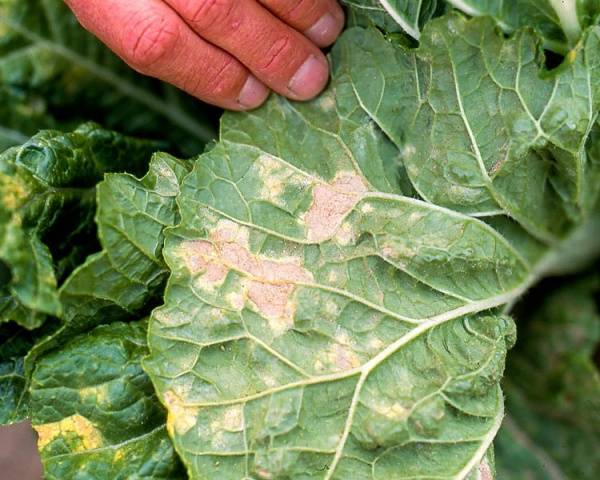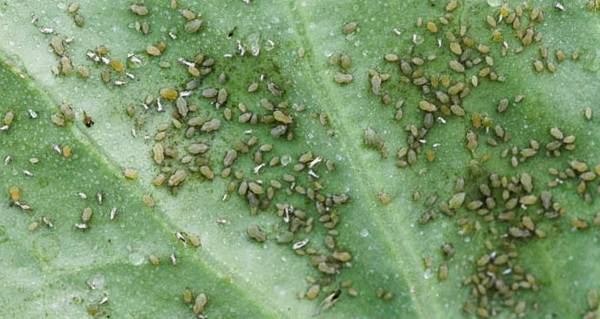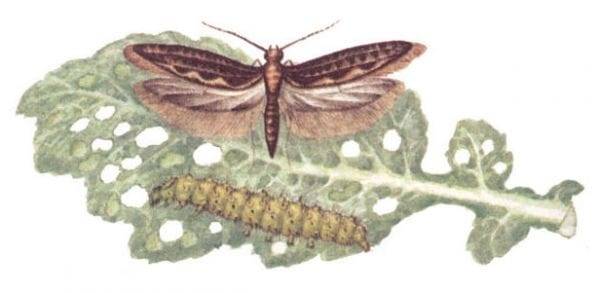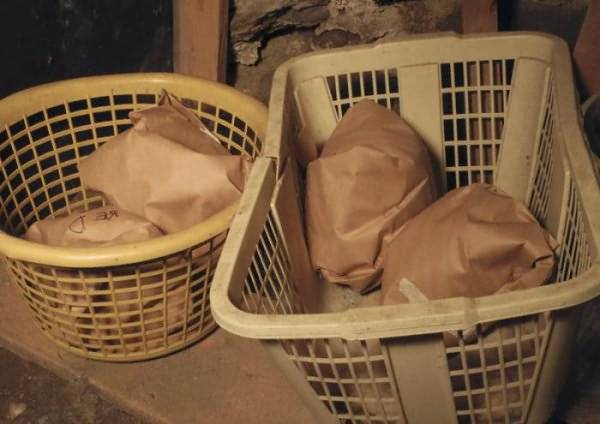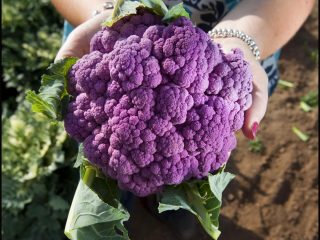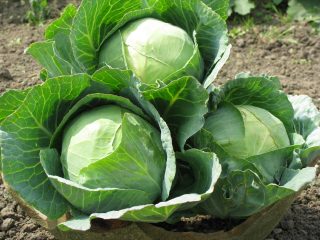Content
Cabbage is one of the most common vegetables. In Russia (and among all Slavs) this plant takes pride of place on the table. Cabbage is a storehouse of vitamins, minerals and trace elements. At the same time, the calorie content of the product is absolutely negligible, therefore, it is rightfully considered dietary. It is possible to cook a huge number of unusually tasty and healthy dishes from cabbage. The topic of today's material is Slava cabbage, the specificity of the variety and the peculiarities of cultivation.
Description of the variety
"Slava" - white cabbage, belonging to the category of mid-season. The variety has 2 varieties: Gribovskaya and 1305. Description of the Slava white cabbage variety is as follows. The vegetable is distinguished by its excellent taste. This variety is especially good for fermentation. The fork has a rounded, slightly flattened top shape. The diameter of the fork is approximately 25 cm, the weight is 2.0-4.4 kg. The pulp is light in color, the upper leaves are light green.
The positive characteristics of the variety are as follows:
- unpretentiousness of the "Slava" variety in care (for all the "love" of cabbage for water, the variety tolerates a lack of moisture well);
- resistance of plants to low temperatures;
- excellent taste fresh, fermented and after heat treatment;
- high yields (up to 12 kg of cabbage are harvested from 1 square meter);
- short growing season (only 110 days from planting to technical ripeness and the formation of an adult plant);
- the vegetable tolerates transportation well;
- attractive appearance.
The variety of cabbage "Slava" is not devoid of certain shortcomings:
- plant susceptibility to cabbage keel;
- poor keeping quality (heads of cabbage are stored until January);
- improper watering (frequent, with a small amount of water) leads to cracking of the heads.
Growing
Most often, Slava cabbage is grown in seedlings. When buying seeds, pay attention to whether pre-sowing treatment has been carried out. This information is indicated on the seed bag. If not, then you need to prepare the seeds yourself before sowing cabbage. The essence of the preparation consists in keeping the seeds for half a day in a nutrient solution (water - 1 l, potassium humate - 1 g). After that, the seeds are washed and hardened during the day at a temperature of 1-2 degrees. Now they can be sown. Growing seedlings is carried out according to this method.
Seeds of the Slava variety intended for seedlings are sown in a greenhouse or directly on a bed under polyethylene. Sowing time is April. The best temperature for planting seeds varies between 13 and 17 degrees. Seeds are planted in one and a half centimeter grooves, maintaining a row spacing of 70 mm. After the formation of the first leaf, the seedlings are thinned so that the distance between the two plants is 5 cm. The soil must not be allowed to dry out. As the soil dries up, the seedlings need to be watered. For normal development, one sprout needs an area of 25-26 m2.
One "square" of the site will need the following composition:
- superphosphate - 5 g;
- ammonium nitrate - 4 g;
- potassium chloride - 2 g.
The dry mixture is evenly distributed between the rows, and then the plants are watered abundantly. After 7 days, the same feeding of cabbage seedlings follows.
Plants up to 15 cm long with 5-6 leaves can be planted in open soil. 2-3 hours before planting seedlings, the garden is watered. Choose a well-lit area for the garden. Landing is carried out according to the scheme 60 x 60 cm.
Closer to autumn, the garden bed intended for the Slava cabbage should be fertilized with humus or manure. There are 10 liters of liquid organic matter and two glasses of ash per square meter of the site. The variety grows well in slightly acidic soils.
In the southern regions, the cultivation of Slava cabbage is practiced by direct sowing of plants into the soil (cabbage is sown to a depth of 2 cm). The first thinning is performed after the appearance of the third leaf. With the appearance of the 6th leaf, one more thinning is done so that the distance between adjacent shoots is 0.6 m.
Care
It is necessary to ensure that the spring frosts do not harm the plants. If the weather forecast indicates the possibility of frost, you need to water the plants, since the wet ground keeps heat well. It is useful to cover the plants with polyethylene, but so that the film does not touch the seedlings.
It is necessary to water Slava 1305 cabbage infrequently, but abundantly, at the rate of 20 liters of water per square meter of land. Number of waterings - no more than 8 for the entire growing season. If you water more often, the forks will crack. Two weeks before harvesting cabbage watering is stopped.
After watering, the Slava cabbage is spud up. By doing this, you achieve several goals: weeds, improve the supply of oxygen to the roots.
Diseases, pests and control of them
The above information will allow you to successfully combat various diseases and pests of the Slava cabbage variety. The general principle of plant treatment is as follows: it is easier to prevent any disease than to save already diseased plants.
Cabbage keel
This is a fungal disease. Thickening forms on the roots of cabbage (photo). In advanced cases, the root system rots. Plants do not develop well or, in general, die. Prevention of cabbage keel is as follows:
- careful removal of weeds, as they are often carriers of infection;
- cleaning the site after the harvest is harvested. The remains of plants must not be left. They are removed and burned;
- before sowing - adding lime to the soil (0.5 kg / m2);
- soil treatment a few weeks before planting with a formalin solution (0.25 liters of formalin per 10-liter bucket of water);
- compliance with crop rotation. It is unacceptable to grow cabbage in the same place as in the previous year.
If diseased plants are found on the site, they must be destroyed.
Blackleg
Like cabbage keela, this disease is fungal in nature. The root part of the plant leg turns black and thinner (photo). As a result, the plant dies. Prevention of black leg is as follows:
- avoid thickening of plants, too abundant watering;
- before planting seedlings in the ground - spill it with a solution of potassium permanganate 1.5 g / 5 l of water per 1 "square".
If diseased plants are found, they must be immediately dug up and destroyed. Helps prevent the spread of infection Trichodermin (for 5 liters of water, 100 g of the drug) or Previkur (1.5 g / 1 liter of water).
Downy mildew
The disease manifests itself as yellow spots on the leaves of plants. A whitish bloom appears on the bottom of the cabbage leaves. Keeping the seeds in warm (50 degrees) water for half an hour before planting helps to prevent the disease. The following remedies help to fight the disease:
- spraying cabbage with a solution of copper sulfate;
- pollination of plants with crushed sulfur three times during the growing season.
If there are signs of downy mildew, it is necessary to remove the infected plants.
Cabbage aphid
Leaves of plants affected by aphids become colorless and curl up.
Parsley and dill are attractive to ladybirds, whose larvae quickly deal with the pest.
Cabbage moth
The insect larvae eat the cabbage inside and out.Prevention is timely weeding of the crop, as well as the use of covering materials (spunbond, lutrasil) for plants, which protect well from insect pests.
Harvesting
Harvest the white cabbage "Slava 1305" towards the end of July. Suitable for storage are heads of medium size, without cracks or other visible defects. The optimum storage temperature is 0 degrees, with a humidity of about 90%. The Slava cabbage is stored suspended, in wooden boxes, as well as wrapped in paper (not newspaper!) Or under a layer of sand.
